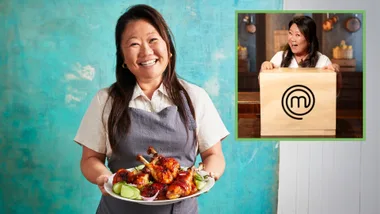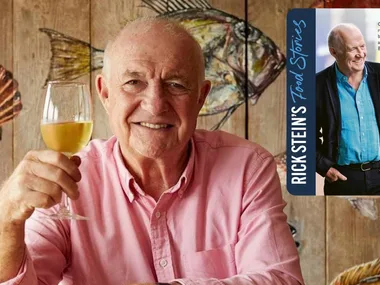Forget hours in the gym or trying to find the time to squeeze in an hour-long yoga session, the new Sudoku diet promises to keep you slim and trim without having to leave your chair. But is it all it’s cracked up to be?
Research has now found that the time spent doing a difficult puzzle, quiz or crossword can burn off the amount of kilojoules found in most biscuits.
Keep in mind that this barely believable claim that puzzles can help you to lose kilojoules has come from mental-agility expert and researcher Tim Forrester, of cannyminds.com, a website full of brain-training games and exercises.
But is there any truth to Forrester’s claims of a puzzle-playing weight-loss regime?
Forrester explains that the brain is made up of millions of nerve cells called neurons which transmit messages to the body.
He told the Daily Mail that the neurons produce chemicals called neurotransmitters to relay their signals.
These neurons extract three-quarters of sugar glucose, available kilojoules and a fifth of oxygen from the blood to create neurotransmitters.
So doing difficult crosswords or a challenging Sudoku means your brain will crave more glucose and more kilojoules too, he said.
According to the research, doing a puzzle or quiz can burn an average of 90 kilojoules every hour. This is more kilojoules than you would find in an average chocolate-chip cookie, which contains 56 kilojoules.
But Australian medical experts have warned that although the process explained by Forrester may have some merit, simply doing puzzles won’t help you to lose weight.
Spokeswoman for the Dietitians Association of Australia Julie Gilbert said that when a diet sounds too good to be true, it usually is.
“This is absolutely true as a lot of diets promise to do a lot, but don’t deliver long-term success,” she said.
“People need to know that when they take on a diet they are mastering that diet,” she said.
“To be successful in weight loss you need to maintain your eating.
“This also includes implementing lifestyle changes, like learning portions sizes, learning to read food labels and learning to apply healthy eating to not just your home life, but in a social setting as well, like when you’re out to dinner or go on holidays.”
Julie said maintaining a healthy weight means having a good combination of diet and exercise.
“When trying to lose weight, 70 percent of weight loss will come from the food you eat while 30 percent will come from the exercise, so food does have quite a big impact,” she said.
Although it may not make you lose a lot of weight, puzzles can still be fun and get your brain working!
For some real weight loss solutions, check out these tips.
Your say: Do you enjoy puzzles like Sudoku?



























.png?resize=380%2C285)
.jpg?resize=380%2C285)



.png?resize=380%2C285)



















